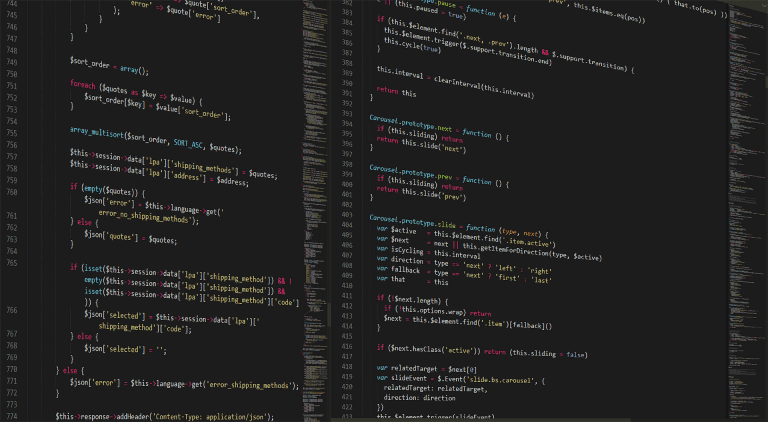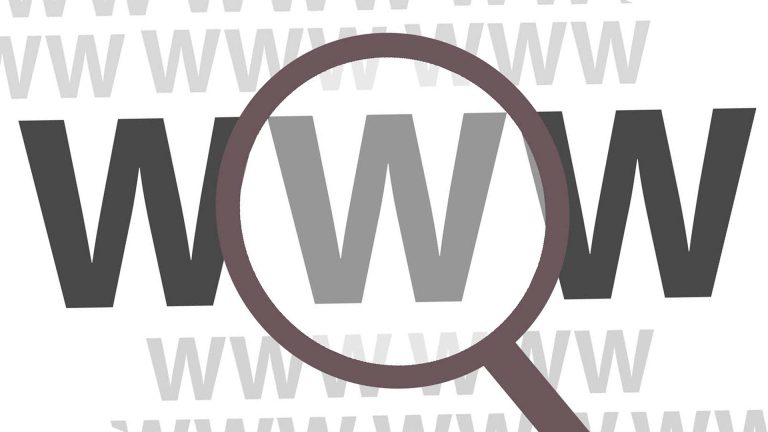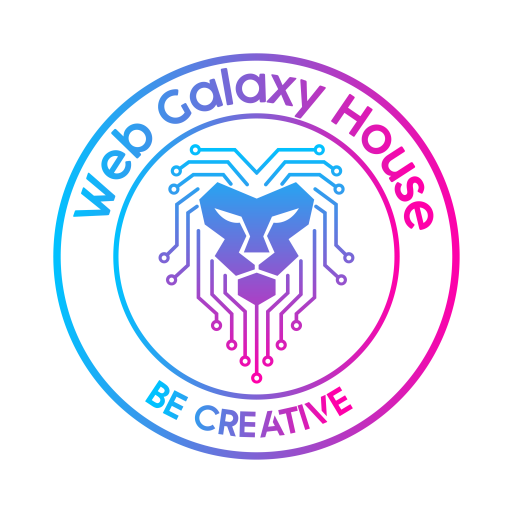How to become a web developer in 2024
How to become a web developer in 2024

Understanding the Basics of Web Development
-
What is Web Development?
-
Frontend vs. Backend Development
- Essential Technologies and Languages
- HTML, CSS, and JavaScript
- Frontend Frameworks
- Backend Technologies
- Databases

Tools and Development Environments
- Integrated Development Environments (IDEs)
Explore popular IDEs such as Visual Studio Code, Atom, and Sublime Text. Understand their features and how they contribute to efficient and productive web development.
- Version Control with Git
Git is a crucial tool for version control, enabling collaboration among developers and ensuring a systematic approach to code changes. Learn the basics of Git and platforms like GitHub and GitLab.
- Package Managers
Discover package managers such as npm (Node Package Manager) and yarn. These tools simplify dependency management, making incorporating third-party libraries and frameworks into your projects easier.

Building Responsive and Accessible Websites
- Responsive Web Design
- Web Accessibility

Web Security
- HTTPS and SSL/TLS
- Cross-Site Scripting (XSS) and Cross-Site Request Forgery (CSRF)
Deploying and Hosting Web Applications
-
Cloud Computing Platforms
Continuous Learning and Professional Growth
Online Learning Platforms
Explore online platforms like Udemy, Coursera, and freeCodeCamp for web development courses. Find curated learning paths, tutorials, and projects to enhance your skills.
Web Developer Communities
Join web development communities on platforms like Stack Overflow, GitHub, and Reddit. Engage with fellow developers, seek advice, and contribute to open-source projects to foster professional growth.
Conferences and Meetups
Discover the value of attending web developer conferences and local meetups. These events provide opportunities to network with professionals, stay updated on industry trends, and gain insights from experienced developers.
Web development is a dynamic and ever-expanding field that offers a plethora of opportunities for those willing to embark on the journey of continuous learning. By mastering the essential technologies, tools, and best practices outlined in this guide, you’ll be well-equipped to contribute to creating tomorrow’s digital landscape.

Here are some notable Websites for free web development courses:-
Here are some notable YouTube channels for free web development courses:-
© Copyright By Web Galaxy House

